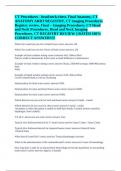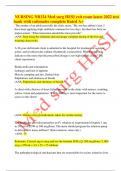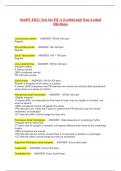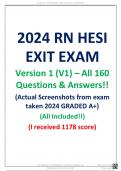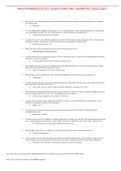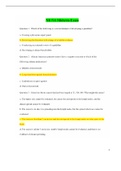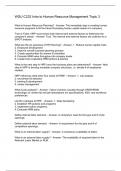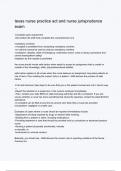Exam (elaborations)
CT Procedures - head/neck/chest, Final Anatomy, CT ANATOMY ARRT REGISTRY, CT imaging Procedures Registry review, Final -- Imaging Procedures, CT Head and Neck Procedures, Head and Neck Imaging Procedures, CT REGISTRY REVIEW || RATED 100% CORRECT ANSWERS!!
- Course
- Institution
What kVp would you use for Cranial Fossa correct answers 140 What kVp would you use for Vertex of head correct answers 120 Example of brain window setting correct answers Soft. 100ww/30wl Narrow width to demonstrate brain tissue w/small difference in attenuations Example of bone window se...
[Show more]
